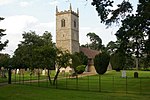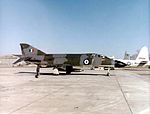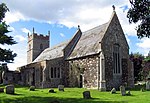West Dereham

West Dereham is a village and civil parish in the English county of Norfolk. It covers an area of 13.51 km2 (5.22 sq mi) and had a population of 450 at the 2011 Census. For the purposes of local government, it falls within the district of King's Lynn and West Norfolk. It is situated some 4 miles (6.4 km) east of the town of Downham Market, 12 miles (19 km) south of the larger town of King's Lynn and 37 miles (60 km) west of the city of Norwich. The village should not be confused with the mid-Norfolk town of Dereham (sometimes also called East Dereham), which lies about 25 miles (40 km) away. St Mary's Abbey, West Dereham, was founded in 1188 by Hubert Walter, Dean of York, at his birthplace. Between 1882 and 1930 the village was served by Abbey and West Dereham railway station, on the line between Downham Market and Stoke Ferry.
Excerpt from the Wikipedia article West Dereham (License: CC BY-SA 3.0, Authors, Images).West Dereham
Hilgay Road, King's Lynn and West Norfolk
Geographical coordinates (GPS) Address Nearby Places Show on map
Geographical coordinates (GPS)
| Latitude | Longitude |
|---|---|
| N 52.580277777778 ° | E 0.44555555555556 ° |
Address
Hilgay Road
Hilgay Road
PE33 9RW King's Lynn and West Norfolk
England, United Kingdom
Open on Google Maps









